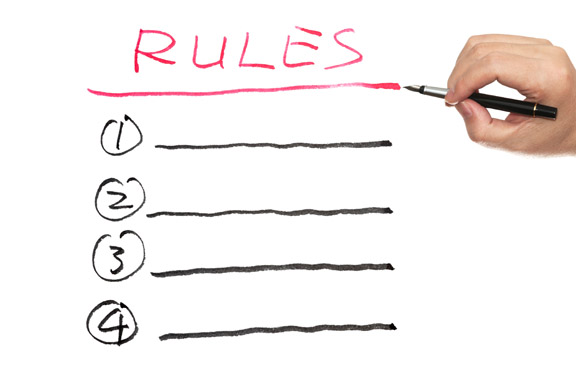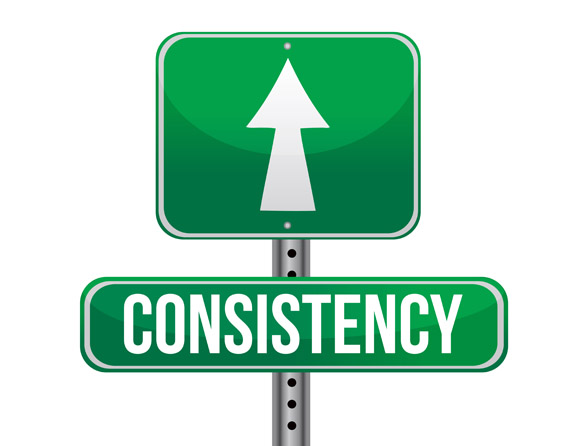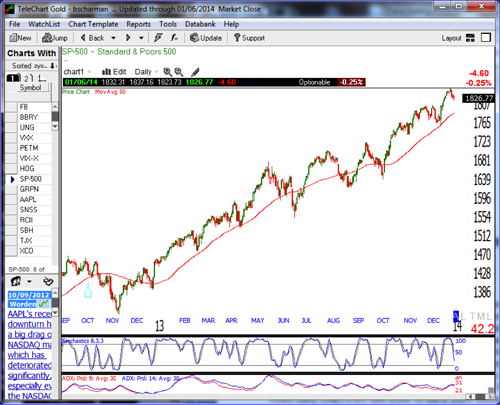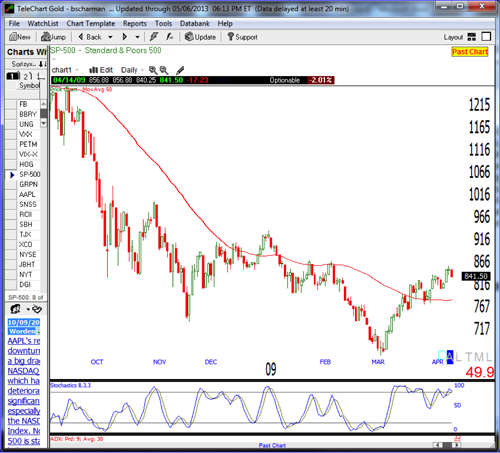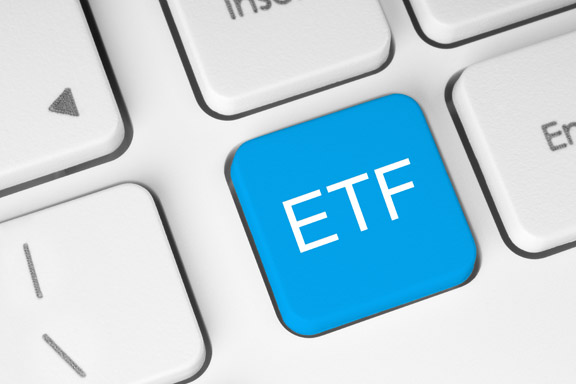The key to any good trading plan is to have a good, clear set of rules to follow. Many traders get into trouble when they trade on emotions instead of rules. Trading without a specific trading plan and specific rules can create or maintain bad habits. Many traders don’t have a trading plan.
A trading plan should naturally include a trading strategy or method. Included in the strategy should be a set of clear entry and exit rules, depending on the markets traded (stocks, options, Forex, etc.) and the various market conditions. A successful system will also have well-defined setup rules, entry rules, trade management and then clear exit rules. In other words, your system should be clear enough to identify setups and be easy enough to execute. Before you ever place a trade, you should clearly be able to identify, clarify, and justify your trade with clear entry and exit rules. No matter what instruments you trade, be it stocks, options, futures or Forex, or whether you are a longer-term position trader, a swing trader or a short-term scalper, without clear rules to follow, you will find it very difficult to have long-term success.
Your rules should be easy to describe and be repeatable so that you can backtest the results on past data. Now this will not guarantee the same success into the future, but backtesting over a period of time will allow you to become more confident in how the system works in a variety of different market conditions. For example, how does the system work if the market is trending higher, trending lower, or the market is range-bound and moving sideways? The more we can test the system, the more confident we will become and the more we can rely on certain outcomes.
If you have clear rules that you can follow and test, you will be able to be more patient in a trade to give it enough time for it to get to the profit target. It will also be easier to recognize when a trade has failed and, therefore, will be easier to cut your losses and move on to a more profitable trade. In other words, you will become significantly less fearful about your trading in general and, hopefully, you can become much more successful as a trader instead of being more of a “fly-by-the-seat-of-your-pants” type of trader.
In conclusion, having a written trading plan, with a clear set of rules to follow, will lead you to be a more confident trader and allow you to have far more discipline in your trading. It will allow you to control the trading emotions of fear and greed more easily. When traders don’t follow their rules, they can get fearful and often talk themselves out of good trades and into bad ones, which will generally lead to a weaker results, which can lead to more emotions and less discipline and can cycle out of control. So, define your rules, write them down, test them, and then FOLLOW THEM!
